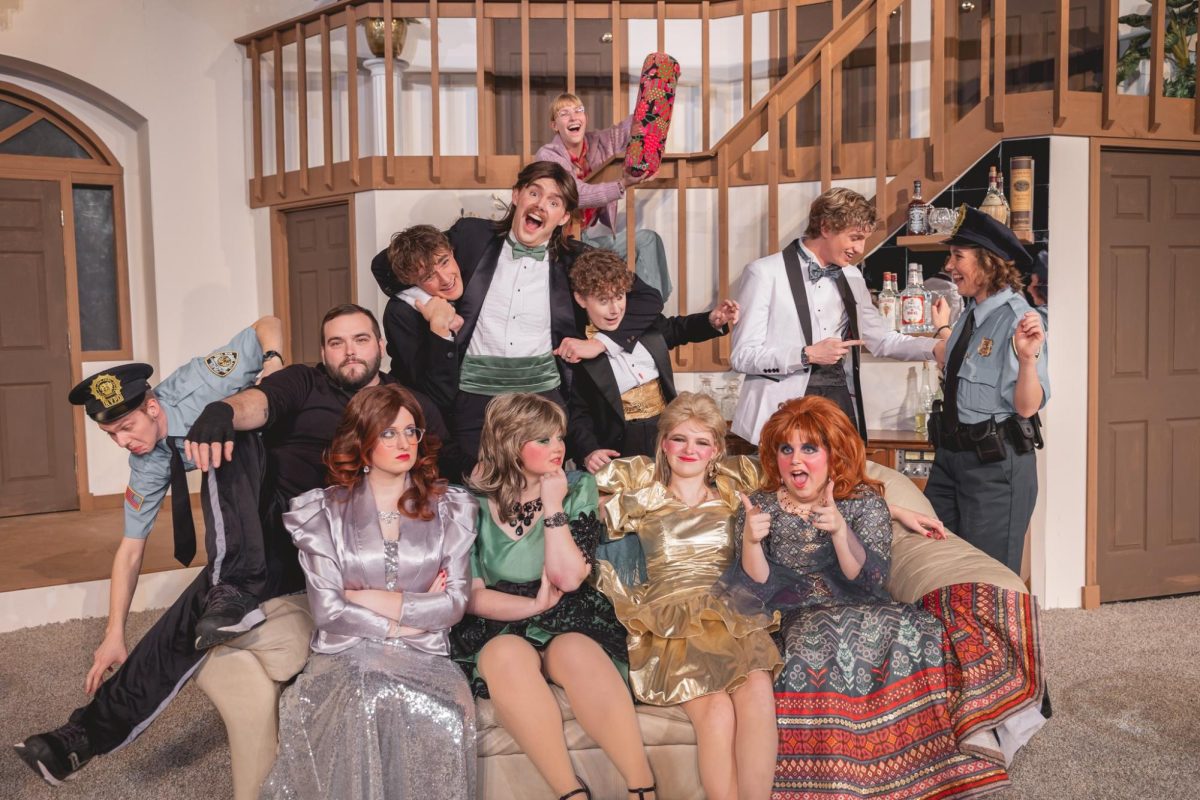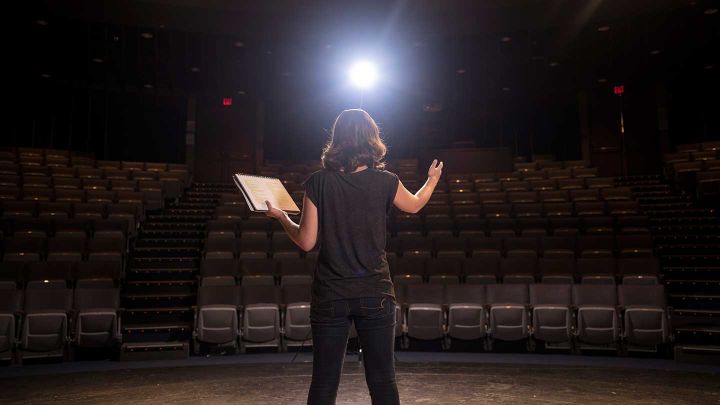More than two years have passed since I first read David Mitchell’s intricate nesting-doll novel ”Cloud Atlas.” In it, Mitchell uses dizzying construction in an effective attempt to make sweeping statements about the nature of human connection through space and time via six long vignettes. These half-dozen snapshots each had their own individual plots, characters and settings, and were widely dispersed in time and genre.
The film adaptation, released in October of last year, concerns itself with the same six stories. They vary from post-apocalyptic science fiction to light comedy, from a gritty historical seafaring tale to a pulpy detective story.
What holds this unwieldy collage together is a set of key writing, directing and editorial decisions — without which the film would have been nothing more than a noble failure. Actors Tom Hanks, Halle Berry, Hugo Weaving (the true standout in the cast), Jim Broadbent, Ben Whishaw, Doona Bae, Susan Sarandon, Hugh Grant and others have all been cast in multiple roles. Visual and thematic similarities between locations and times are highlighted through match-cuts and explicit references to the karmic nature of their universe. Several archetypes persist throughout the film — the noble individual, the oppressive collective, the motifs of falling, escape through windows, and others — largely because of the filmmakers have sacrificed the novel’s subtlety.
I lament the loss of this subtlety, but I recognize that this film probably could not have worked without paying that price.
Reviews often note how large, audacious films like “Cloud Atlas” “fall short of perfection” or are “flawed gems.” What comes through in the film adaptation of ”Cloud Atlas” quite clearly is that all artistic projects are exercises in compromise, attempting to find a satisfying equilibrium between too short and too long, between too light and too serious, and between numerous other extremes. These compromises manifest themselves most obviously, however, in how the actors perform their roles. Of our principle actors, not one — save perhaps Hugo Weaving — is able to quite pull off all of their performances seamlessly. Much of this can be attributed to cross-racial and cross-age casting. Aging someone through makeup is a delicate art, and there are some faces in this film that look more like putty cascades than human flesh. Distracting flaws do real damage to the sense of time and place in the film, and give us an uncomfortable but informative peek into the artificiality of film-making.
That being said, this is probably the best “Cloud Atlas” adaptation I could have reasonably expected. It fails where it couldn’t help but fail (and in few other places besides), and mostly succeeds where it needs to. I’m not sure how it would stand up to microscopic dissection. Since I did not experience the film that way, and I doubt that it is asking to be so parsed, that holds little relevance for my opinion. It rides a razor’s edge between success and failure, but hopefully viewers will be endeared to it and hope to wrestle with its implications for some time after seeing it.






